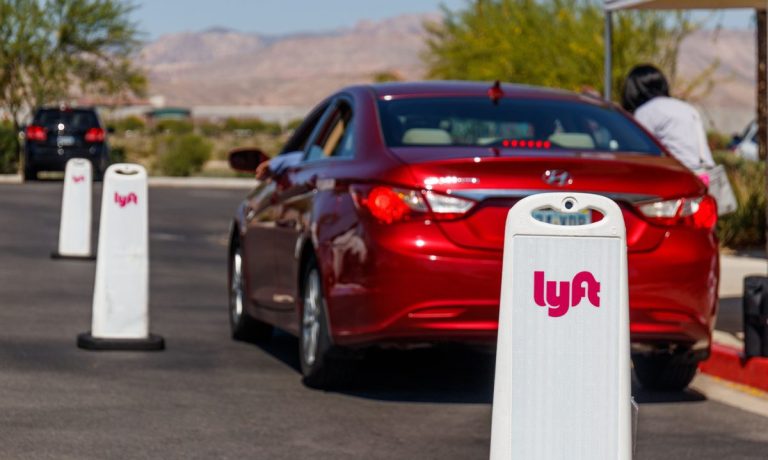Lyft could use a lift.
At this writing, the company’s shares are trading at a bit over $9.60, well off recent peaks of more than $17.
The fact that the stock’s barely budged in the wake of a significant shakeup in the C-suite belies investors’ doubts that changing leadership will be enough to reverse course. For years, the company has stuck to a relatively narrow focus as it built out its platform — narrow, especially, compared to its rival Uber — and that strategy may get an overhaul.
As we noted in this space, the company has appointed a new chief executive officer. The new leader will be former Amazon and Microsoft executive David Risher. And per the Lyft announcement, Co-founders Logan Green (CEO) and John Zimmer (president) “have decided to transition from their full-time executive management positions into non-executive roles as chair and vice chair of the Lyft board, effective April 17, 2023, and June 30, 2023, respectively.”
Green has said, per comments in The Wall Street Journal, that there’s an active reconsideration about international expansion. Broadening geographic reach may be way to regain some top line momentum, we note, but then again, the most recent results posted by the company show that active riders in the most recent period were 20.4 million, which is up only slightly from the 20.3 million tally in the third quarter, and up 9% year on year. Revenue per active rider was $57.72 in the most recent period, up 11% quarter to quarter, representing at least some snapback in rides per user. The company’s top line growth as 21% year on year.
Outpaced by Uber
But that revenue momentum has been more than outpaced in the most recent quarter by Uber. Uber’s top line growth was 48%. Uber, of course, has been building out an ecosystem that leverages an installed base of drivers to perform a slew of tasks beyond the confines of mobility (where Lyft has focused its business). The cross-pollination effect has been in evidence where Uber’s delivery business bookings were up 14% to $14.3 billion in the most recent period. By helping drivers pivot between ride-hailing and delivery, those drivers keep earning, and Uber, of course, keeps earning too. The platform approach, management has said on the call, has led to driver earnings reached approximately $10 billion, up 37% year over year on a constant-currency basis.
Advertisement: Scroll to Continue
CEO Dara Khosrowshahi has said that Uber One, the cross-platform loyalty offering has been “a very significant structural advantage that is assisting our delivery business. You’ve got our membership business that, again, is adding higher frequency, higher spend, more retention as well.”
In another example of how the ecosystem can be broadened horizontally, as reported late last year, Uber has expanded its Uber Travel service to 10,000 cities, part of a suite of new services. The service — now available in all major cities in the United States and Canada — organizes users’ hotel, flight and restaurant reservations by linking travel plans from their Google, Outlook or Hotmail email accounts. We’ve been spotlighting Uber’s years-long buildout of a digital front door that ties a continuum of activities together.
None of this is to say that Lyft cannot succeed if, when and as it makes inroads into new markets, with mobility as its mainstay. And the platform itself offers the conduits through which it can move beyond, and enhance, its scooter and bike sharing (and yes, food delivery) in an all-in-one app approach. But the runway’s getting a bit shorter, as operating cash flow was a negative $33 million in the most recent quarter. At least some observers, notably those quoted in a Bloomberg report, have said the recent management moves may be prelude to a sale. Risher, for his part, has told Bloomberg the company is not for sale. Wall Street, for its part, has said — through the anemic response to Tuesday’s news — that Lyft’s rebound will be a “show me” story.

